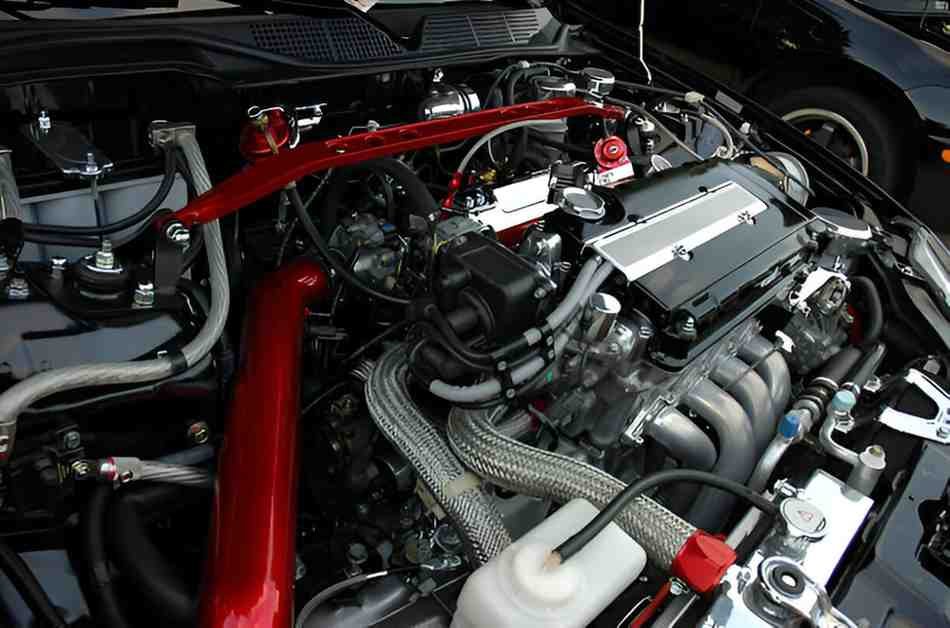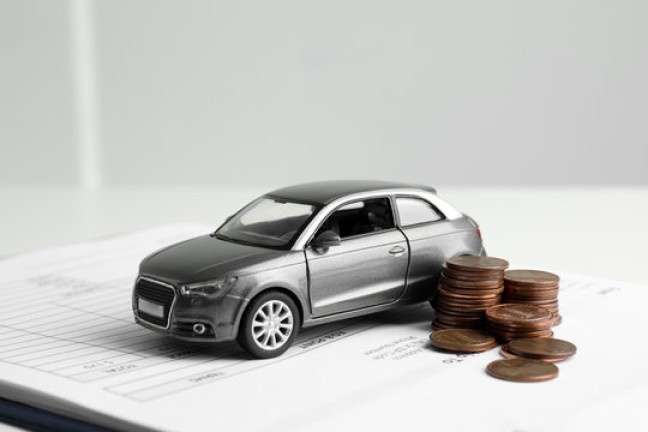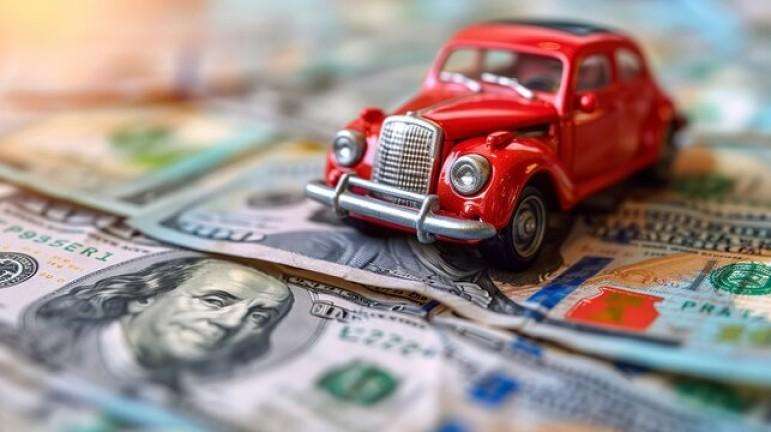Owning a car comes with its share of responsibilities, and one of the most dreaded situations any car owner can face is a blown engine. This becomes even more complicated when you have a financed vehicle. In such cases, the problem is no longer just mechanical—it also intertwines with financial obligations, legal considerations, and the broader implications of your contract with the lender.
In this article, I’ll walk you through the various aspects of dealing with a blown engine on a financed car, providing detailed explanations, examples, and calculations to help you understand the process more clearly. From the basics of a blown engine to the impact on your financing, I’ll cover the key points you need to know.
Table of Contents
Understanding a Blown Engine
A “blown engine” is a term used to describe a situation where the internal components of the engine have failed, often due to overheating, lack of maintenance, or mechanical failure. When an engine blows, it can no longer function properly, and repairing or replacing it becomes necessary.
The causes of a blown engine vary. In some cases, it could be a simple issue like low oil levels, while in others, it might be a more complex problem like a cracked engine block or a failed timing belt. Regardless of the cause, a blown engine is typically an expensive repair. It can cost anywhere from a few thousand to tens of thousands of dollars, depending on the make and model of the car.
The Financial Implications of a Blown Engine on a Financed Car
When you’re financing a car, you have a legal obligation to pay the monthly installments to the lender until the loan is paid off. If the engine blows before the loan is paid off, you’re faced with a tough decision. Do you repair the engine, replace the car, or simply walk away from the vehicle?
Option 1: Repairing the Engine
If your car is still relatively new and the engine is the only major issue, repairing it may seem like the most logical choice. However, the cost of repair must be weighed against the remaining balance on the loan and the potential for future maintenance issues.
For example, let’s assume you owe $8,000 on your car loan, and the repair for the engine is $6,000. In this case, the total amount you’d need to pay to get the car back in working order would be $14,000. If the car is worth $10,000 on the market, you’re effectively spending more than the car is worth to keep it running. This decision isn’t always financially sensible.
Option 2: Replacing the Car
If the cost of repairing the blown engine is too high or if the car has other issues, replacing the vehicle might be the best option. In this case, you would still need to settle the outstanding loan balance. However, this may involve either selling the car (if it still has some value) or trading it in, depending on the situation.
Let’s assume your car is now worth $4,000 after the engine blow, but you still owe $8,000 on your car loan. In this case, the remaining $4,000 must still be paid off to the lender. This can either be rolled into the new loan for a replacement car, or you might need to pay it out of pocket, depending on your lender’s terms.
Option 3: Walking Away
Walking away from a financed car with a blown engine is generally not a good option, but it can be a consideration in extreme cases. If you stop paying on the loan, you risk the lender repossessing the vehicle. However, this does not eliminate your debt. The lender will sell the car to recover the remaining loan balance, and if they sell it for less than what you owe, you could be left on the hook for the remaining difference.
For example, if the lender sells your car for $3,000 but you owe $8,000, you would still be responsible for paying the remaining $5,000. Furthermore, your credit score will take a significant hit from the repossession, which can make it harder to secure loans in the future.
The Role of Insurance in a Blown Engine
Insurance can play a role in mitigating some of the costs associated with a blown engine, though coverage is often limited. Most car insurance policies cover damage caused by accidents, but they typically do not cover engine failure due to mechanical issues or lack of maintenance.
However, if you have a comprehensive warranty or if you purchased an extended warranty when you financed the car, you might be able to get some relief from the cost of the repair. In this case, you should review your policy or warranty terms to see what is covered and what is not.
The Legal and Contractual Considerations
When you finance a car, you sign a contract with the lender, which legally binds you to make regular payments until the loan is paid off. If the engine blows before the loan is settled, you still have to honor the terms of the contract. This means that even if you choose to stop using the car, you’ll still be responsible for the loan payments unless you take legal action or find another way to settle the debt.
Additionally, many loan contracts contain provisions that allow the lender to repossess the vehicle if the borrower fails to make payments. This can be triggered if you simply abandon the car, even if it’s not functioning due to the blown engine. Always consult your loan agreement to understand your rights and obligations in such situations.
Understanding Depreciation and Resale Value
When a car engine blows, the resale value of the vehicle can drop significantly. A car with a blown engine is typically worth far less than one in good working condition, which can make it harder to sell or trade in. However, the exact drop in value depends on several factors, including the make and model of the car, the extent of the damage, and the current market conditions.
For instance, if you have a luxury car or a rare model, the car might still retain some value even with a blown engine. On the other hand, if you have a mass-market sedan, the car could be worth only a fraction of its pre-blown engine value.
Comparison Table: Cost of Repair vs. Replacement
| Option | Repair Cost | Car Value After Repair | Loan Balance | Total Financial Impact |
|---|---|---|---|---|
| Repair Engine | $6,000 | $10,000 | $8,000 | $14,000 |
| Replace Car | $0 | $4,000 | $8,000 | $12,000 |
| Walk Away (Repossession) | $0 | $0 | $8,000 | $8,000 (Remaining Debt) |
Should You Finance a Car Again After a Blown Engine?
If you’re in the situation of having a blown engine on a financed car, you may also be wondering about your future prospects for car financing. If you choose to walk away from the car or let the lender repossess it, your credit will likely suffer. This means that any future attempts to finance a car could be more expensive, as you’ll likely face higher interest rates due to the damage to your credit score.
Before taking any action, it’s a good idea to consult with a financial advisor to understand the long-term impacts on your credit and overall financial health.
Conclusion
Dealing with a blown engine on a financed car is a stressful and complicated situation. Whether you choose to repair the engine, replace the car, or walk away, each option comes with its own financial and legal implications. It’s essential to weigh the cost of repairs against the remaining loan balance and consider the vehicle’s resale value. In some cases, consulting with a financial advisor or a lawyer may help you understand your best course of action.
I hope this article helps you navigate the complexities of owning a financed car with a blown engine. The key takeaway is to carefully consider all your options, and not to rush into a decision that could negatively impact your finances in the long run.





